Homemade Cleaners
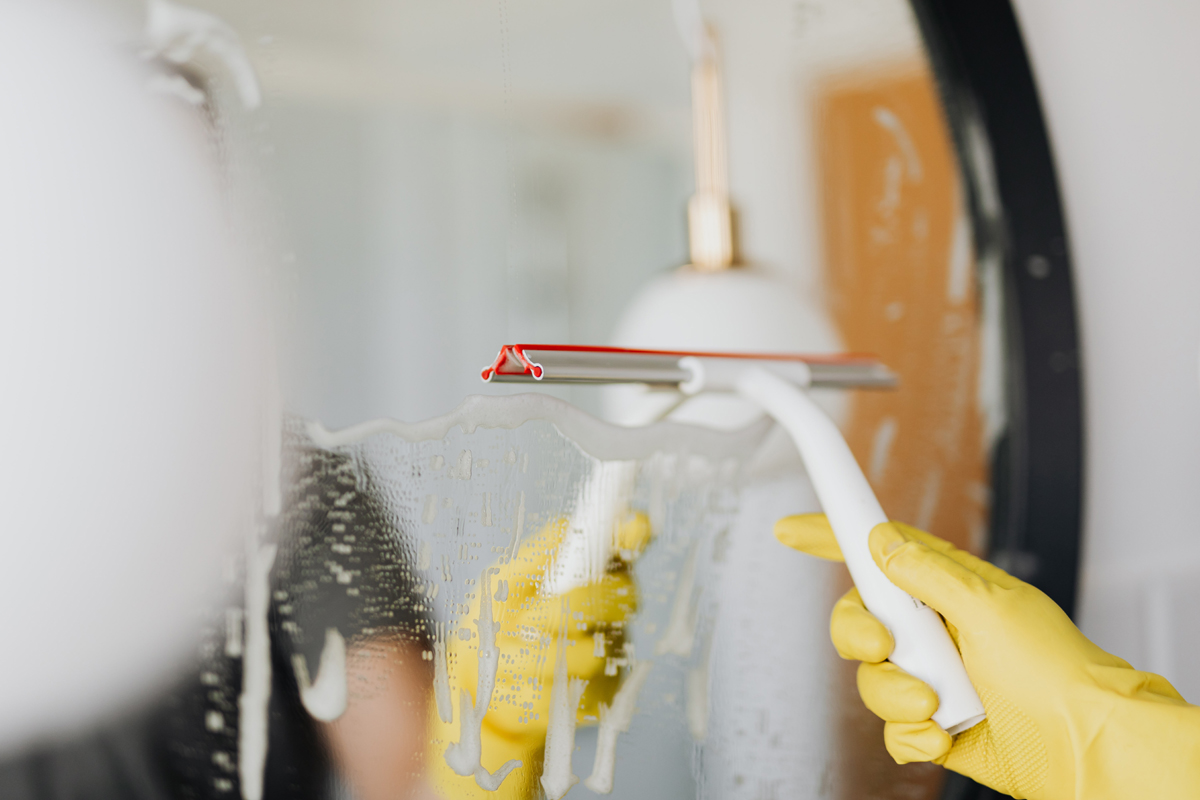
Here are some tips for using and making your own household cleaners from Dining On A Dime Cookbook. Most are simple and only take a few minutes to mix.
NEVER MIX AMMONIA AND BLEACH! Mixing these chemicals creates a harmful gas that can be fatal!
If you don’t want to make your own cleaning supplies either purchase the store brands at your dollar store at bulk at a janitor supply.
Buy 1 gallon of bubble bath and use instead of liquid hand soap. It is much cheaper and smells better than regular hand soap.
Read the labels on any cleaning product you buy, even on common products that you, your mom and grandmother have used for years. For example for generations women have used ammonia to disinfect their kitchens, but ammonia is not a disinfectant, it is a de-greaser. It works great for that greasy grimy build-up on floors, but it isn’t actually disinfecting anything.
Mark your cleaning pail with fingernail polish to indicate the levels of water you usually use for your jobs (i.e. 1/2 gal., 1 gal.) That way you don’t waste water.
When using cleansers, tear the tab back only part way. Then you only get half as much cleanser so that you don’t wash as much unused cleanser down the drain.
Save on spray cleaners. Spray the solution on a rag and then wipe. This way the extra spray cleaner is not wasted and you save time by not having to rinse off the over spray.
Use fabric softener sheets to dust furniture and television screens. The sheets make your furniture smell good, but more importantly, eliminate static so dust won’t be attracted to these surfaces.
All purpose/Window Cleaner
- 1/2 cup ammonia
- 2 cups rubbing alcohol
- water
- 1 tsp. dishwashing liquid
In a one-gallon container, mix ammonia and rubbing alcohol. Fill almost to the top with water. Add dishwashing liquid and mix. Top off with water. Rated by Consumer Reports Magazine to work much better (and much cheaper) than most commercial window and kitchen sprays. Alcohol is the secret ingredient – it’s what commercial window washers use.
*Safe on most, but not all, household surfaces.
I use this to clean almost everything from the bathroom to the window. This the main cleaner I use in my house.
Ready Mop Cleaner Refill
- 1 gallon water
- 1 cup ammonia
- 1/2 cup vinegar
- water
Mix ingredients and pour use in your mops instead of buying commercial cleaner.
Tip: Use a piece of scrap fleece, scrap flannel or micro-fiber towels (purchased at automotive stores) to replace your SwiferTM or Clorox Ready MopTM disposable pads. Cut several to size to have on hand. When soiled throw in the wash and launder as usual. Note: Don’t use ammonia on wood floors. Just use vinegar and water or water and Murphy’s oil soap.
Daily Shower Cleaner
- 1/4 cup concentrated cleaner (Lysol is a good brand)
- 1/2 cup isopropyl alcohol
- water
Pour cleaner and alcohol into quart spray bottle. Add enough water to fill. Thoroughly clean shower before using. Spray on shower daily. Use daily to prevent water deposits and soap scum.
Homemade Cleaning Wipes
- 1 round baby wipe container*
- 1 roll of paper towels**
- 2-4 cups cleaning solution (homemade is fine)
Recycle a used round baby wipe container. Cut a roll of paper towel in half, (an electric or serrated knife works best for this.) Remove the center cardboard. Place 1/2 of the paper towels in the baby wipe container. Pour cleaning solution into the container. (The amount will depend of the absorbency of your paper towels.) This can be used for window cleaner, all purpose cleaner, or disinfectant cleaner. Pull the first paper towel out of the center of the roll, through the hole in the container lid. If the paper towels dry out before they are all used add more solution or some water.
*If you don’t have a baby wipe container, you can use a round plastic container and just drill or punch a large hole in the center of the lid.
**It is best to use expensive, thick paper towels. The cheap ones won’t hold up to scrubbing.
Face/Hand Wipes
- 2 tablespoons liquid baby bath
- 2 cups water
Bathroom Wipes
- 1/2 cup pine cleaner
- 2 cups water
Window Wipes
- 1 cup glass cleaner
- 1 1/2 cups water
Outdoor Window Washer
- 3 Tbsp. liquid dishwashing soap
- 1 Tbsp. anti-spotting agent (Jet DryTM)
Put soap and anti-spotting agent into a spray bottle attachment for your garden hose. Spray upper windows and let them dry. This is for cleaning the higher windows on your house that you can’t reach except with a ladder.
Tough Hand Cleaner
- 1/4 cup Fels Naptha*, grated
- 2 Tbsp. mason’s sand or pumice
- 1 cup water
- 2 cup plastic container (16 oz. cottage cheese container works great)
Place soap and water in a saucepan. Place over low heat; stir until soap is melted. After mixture cools, add mason’s sand or pumice. Store in a cottage cheese container or margarine tub. Dip fingers into soap mixture and lather hands. Rinse well.
*Any grated bar of soap will work but Fels Naptha removes the stains better.
Skunk Smell Remover
- 1 qt. hydrogen peroxide
- 1/4 cup baking soda
- 1 tsp. dish detergent
Sponge on and let dry. Safe for use on cats and dogs.
The Author:
Jill Cooper and Tawra Kellam are frugal living experts and the editors of http://www.LivingOnADime.com/. As a single mother of two, Jill Cooper started her own business without any capital and paid off $35,000 debt in 5 years on $1,000 a month income. Tawra and her husband paid off $20,000 debt in 5 years on $22,000 a year income.
Photo. Karolina Grabowska

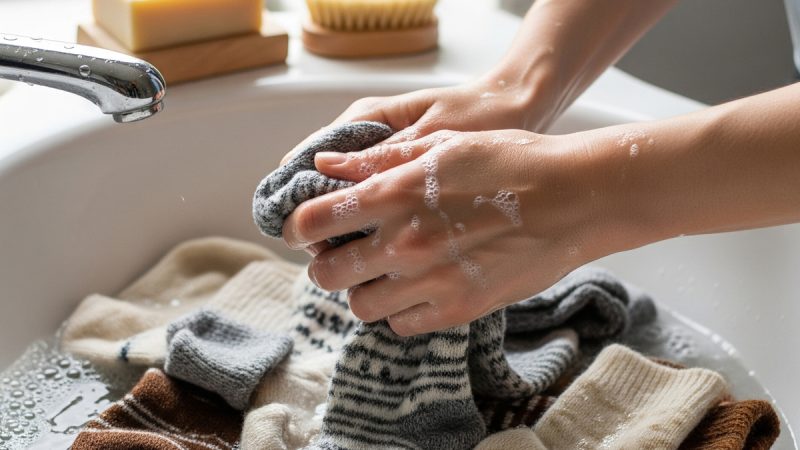
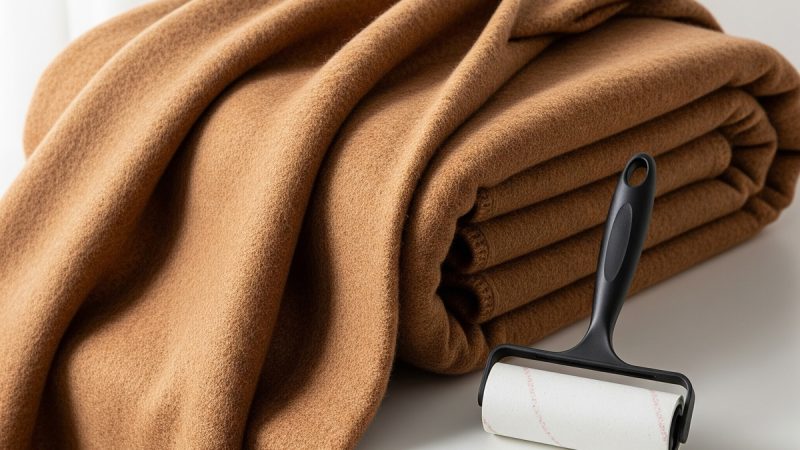
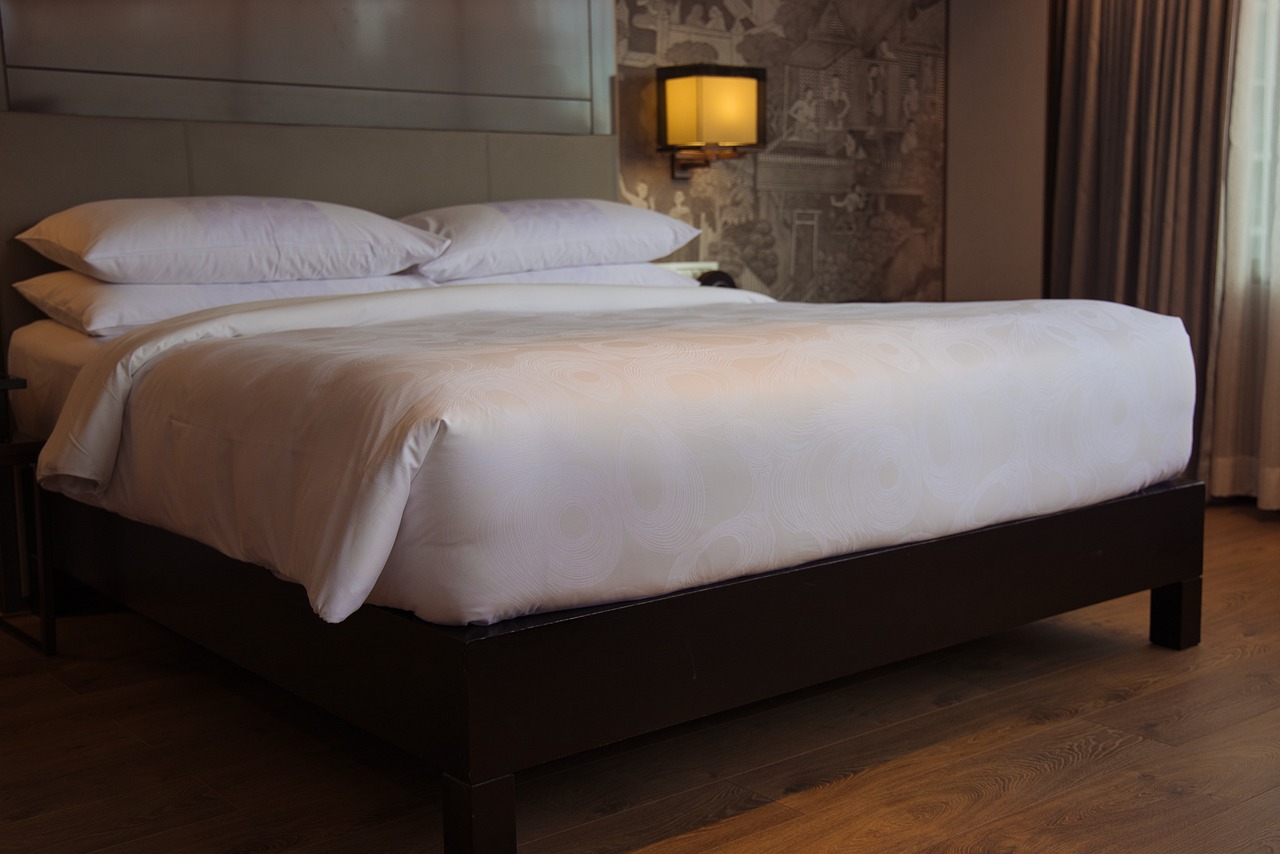
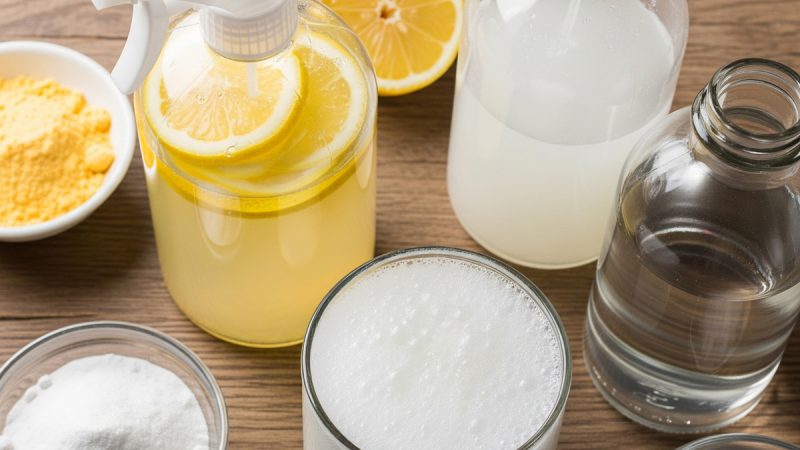
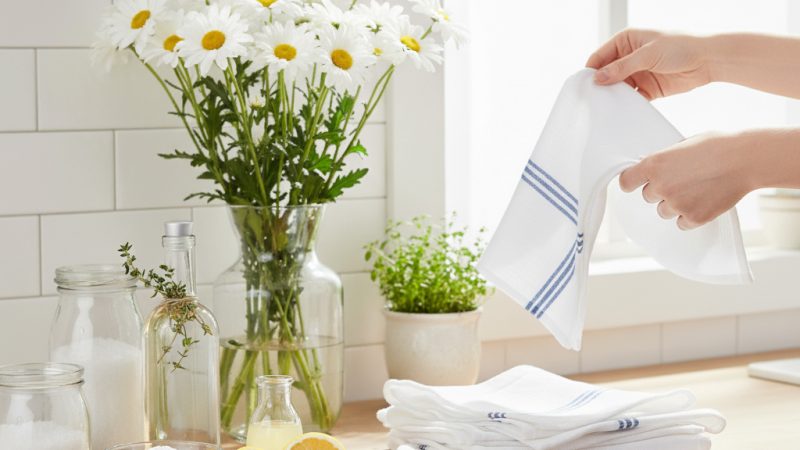
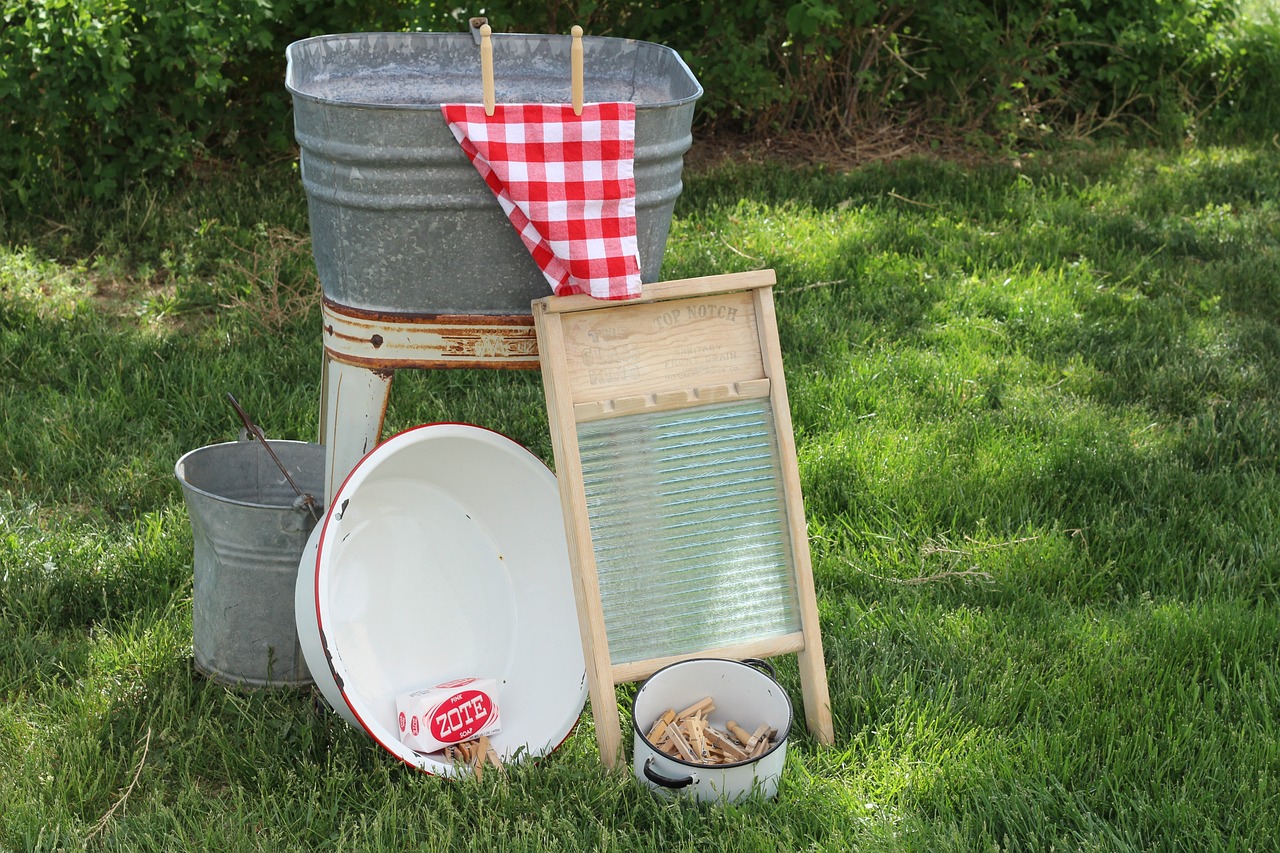
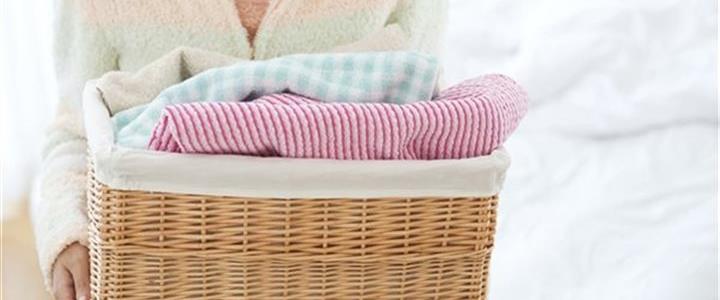
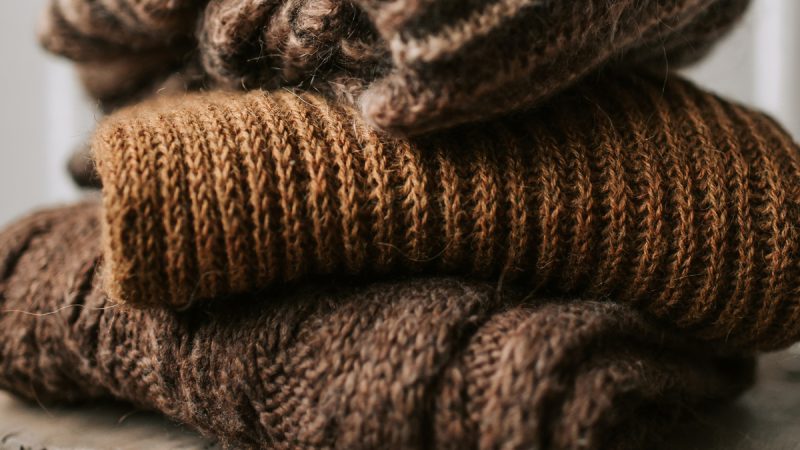
Cleaning Up Silly Putty – I’m not sure if this will help anyone, or if I just have 3 crazy little boys. I couldn’t fine any information anywhere on how to clean silly putty off of hair, or skin, or, say eyelashes… but, olive oil takes it out very easily.
That’s a great tip! Silly putty can be really tricky to remove, especially from hair or skin. I’ll definitely keep olive oil in mind as a solution next time.
For stubborn stains, try TECH Stain Remover. You can purchase it in the small bottle for $6 but once you try it, you can also purchase it in the gallon from Manhattan Supply, a costume shop for about $22.
This will remove blood, grease, anything. I pour it into my white clothes (kids socks, yech) and they are white after washing. When my son played football, they insisted on white polyester training pants. His was the whitest on his team. I use shout in addition for those stains I’m not sure will take one dose of cleaning.
And I use Borateem in my laundry. Hope this helps!
Thanks for the recommendation! It’s always a struggle to find a good stain remover that actually works. I’ll give TECH Stain Remover a try, especially if it can tackle tough stains like blood and grease. Borateem sounds interesting too!
Blood Stains – I find meat tenderizer (any brand) made into a paste and spread on stain works very well.
Meat tenderizer as a stain remover? Who would have thought! I’ll give it a go next time I have to deal with a stubborn blood stain. Thanks for sharing!
To remove rust from your bike..
Juice from 1/2 of a medium size lemon
2-3 tablespoons of baking soda
Mix enough baking soda with the lemon juice to make a paste. Apply this mixture onto any rusted parts on the bike then scrub with a cloth. The rust comes off easily.
This homemade rust remover seems really effective and easy to make. I’ll definitely keep this lemon and baking soda paste in mind for my bike maintenance. Thanks for the tip!
Forget about store bought carpet deodorizers, make your own!
All you need is 1 cup of baking soda (sodium bicarbonate) and 1 rounded tablespoon of vanilla extract.
Lightly mix the two ingredients then spread out onto a cookie sheet until it dries (overnight). Once dried, crumble any chunks until it’s all a powder. Place in a container. Sprinkle your carpet with the mix and let sit for at least 5 minutes before vacuuming it up.
Homemade carpet deodorizer sounds fantastic! I love that it only requires baking soda and vanilla extract. I’ll definitely give this a try to freshen up my carpets. Thanks for the recipe!
Add a couple of pieces of chalk to your toolbox, it will keep your tools rust free. Replace the chalk every year.
That’s a great tip! I never would have thought of using chalk to prevent rust on tools. I’ll definitely give it a try thanks. 🙂
To make your wood shine use this recipe:
* 1 cup of water
* 1 cup of vinegar
* 4 tablespoons lemon juice
* 1 tablespoon tea tree oil
Combine all ingredients and put in a spray bottle and wipe clean with a sponge.
Thanks for sharing the recipe! I love using homemade solutions for cleaning, especially when they are safe for the environment. I’ll definitely give this wood cleaner a go and see how it leaves my furniture shining.
I just wanted to share my little trick for squeaks… If you happen to be stranded without any WD-40, you could always use a can of cooking spray. Simply spray the squeaky area with a quick blast of cooking spray, move the hinge back and forth to work the oil in, and voila! No more squeaks!
Wow, who knew cooking spray could be used as a substitute for WD-40 in a pinch? I’ll definitely keep this trick in mind for those unexpected squeaky moments. Thanks for sharing!
The best thing I have found to clean my computer or telephone or any other device is plain old vinegar. Dip a cotton swab in a bowl of vinegar and clean all surfaces. For larger areas use a cotton ball. This is even better than alcohol.
Vinegar has always been my go-to cleaner for most surfaces, but I never thought to use it on my electronic devices. I’ll definitely give it a try, especially since it’s even better than alcohol. Thanks for the tip!
A very good article on making household cleaners, they play in important part in cleaning your home.
I agree, household cleaners play a vital role in keeping our homes clean and healthy. It’s always great to find homemade alternatives that are effective and safe for the environment.
My border collie, Bear, had a seasonal display of illness, vomiting only on
the leather coach and fabric chairs. I was in FLA and returned to find that dried vomit is very difficult to unbind from leather and linings between seat cushions. Tried everything to no avail and 6 mos. later tried wood floor cleaner which worked 10% better. Any ideas?
I’m sorry to hear about the issue with your dog. It sounds like it may be helpful to try a few different cleaning methods in order to remove the dried vomit from your furniture. Here are some suggestions you could try:
1. Use a mixture of warm water and dish soap. Dip a cloth into the solution and gently scrub at the dried vomit until it begins to loosen. Rinse the area with a clean, damp cloth and then dry with a towel.
2. Try using a mixture of water and white vinegar in equal parts. This can help to break down the vomit and neutralize any odor. Apply the solution to the affected area and let it sit for a few minutes before wiping away with a clean cloth.
3. Enzyme-based cleaners can be effective for breaking down organic matter such as vomit. You can purchase these cleaners at most pet stores or online. Follow the instructions on the product label for best results.
4. For leather furniture, try using a mixture of equal parts lemon juice and cream of tartar. Apply the mixture to a soft cloth and gently rub at the vomit until it begins to loosen. Wipe away with a clean cloth.
It’s important to remember that the longer the vomit has been sitting on the furniture, the harder it may be to remove. Be patient and persistent in your cleaning efforts, and always test any cleaning solutions on an inconspicuous area first to ensure they won’t damage the fabric or leather.
I would have never thought to use these simple household products to get nice clean windows. I will have to try this out the next time I go to clean the windows. Do you also use this solution outside as well or just on the insides? I usually pressure wash the outside just to get off anything that is caked on from the weather.
I’m glad you found the homemade window cleaner solution interesting! I personally use it both inside and outside, but it’s always good to pressure wash the outside for any stubborn dirt or grime. Give it a try and let me know how it works for you!
Using natural cleaning supplies has become incredibly important for me since I’ve become a professional cleaner (http://ovencleaningcamden.com/). I love preparing my own cleaning products and I clean mainly with them and with a steam cleaning machine! 🙂 I love the recipes and suggestions! I have never tried ammonia as a cleaner!
That’s great to hear! Homemade cleaning products can be a more affordable and eco-friendly option, especially when paired with a steam cleaning machine. Ammonia can definitely be powerful, but it’s always important to use caution and handle it properly.
ammonia is so caustic it is poison. those are all bad products.. they are all bad for people and the environment..
I understand your concern about ammonia. It is important to handle it with care and use it responsibly, as it can be harmful if not used properly. Some people prefer to avoid it altogether and opt for alternative natural cleaners.
Love the tips and will definitely try out the floor cleaner. At my company, we use eco-friendly brands to do the cleaning (I am a cleaner) and they do a great job. The thing is, most eco-friendly cleansers aren’t that cheap. For the common household, it will be best to make some of the cleaners, especially the ones that doesn’t need to be powerful or disinfecting. DIY is great in moderate amounts, in my opinion. I use a homemade cleanser for the windows and I treat stains with kitchen condiments and for me, this works perfectly. But when it comes to heavy scrubbing, limescale removing and disinfecting, I still use my favorite store-bought cleaners. – Olivia
It’s wonderful that your company uses eco-friendly brands for cleaning. They can be very effective and better for the environment. Homemade cleaners are a great option for everyday tasks that don’t require heavy-duty cleaning or disinfecting. Finding a balance between homemade and store-bought cleaners that works for you is key. It’s great to hear that you have found success with homemade cleansers for windows and treating stains.